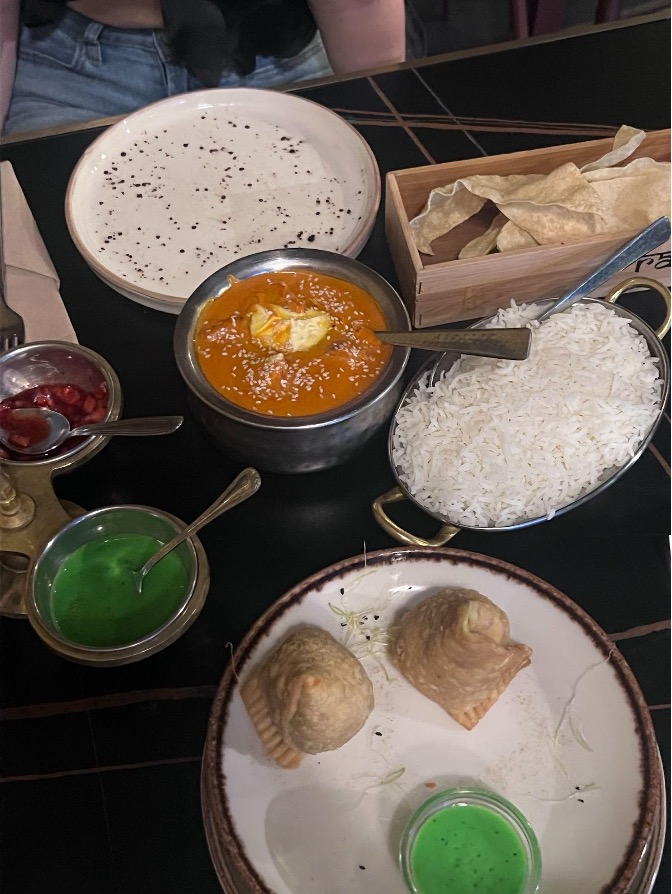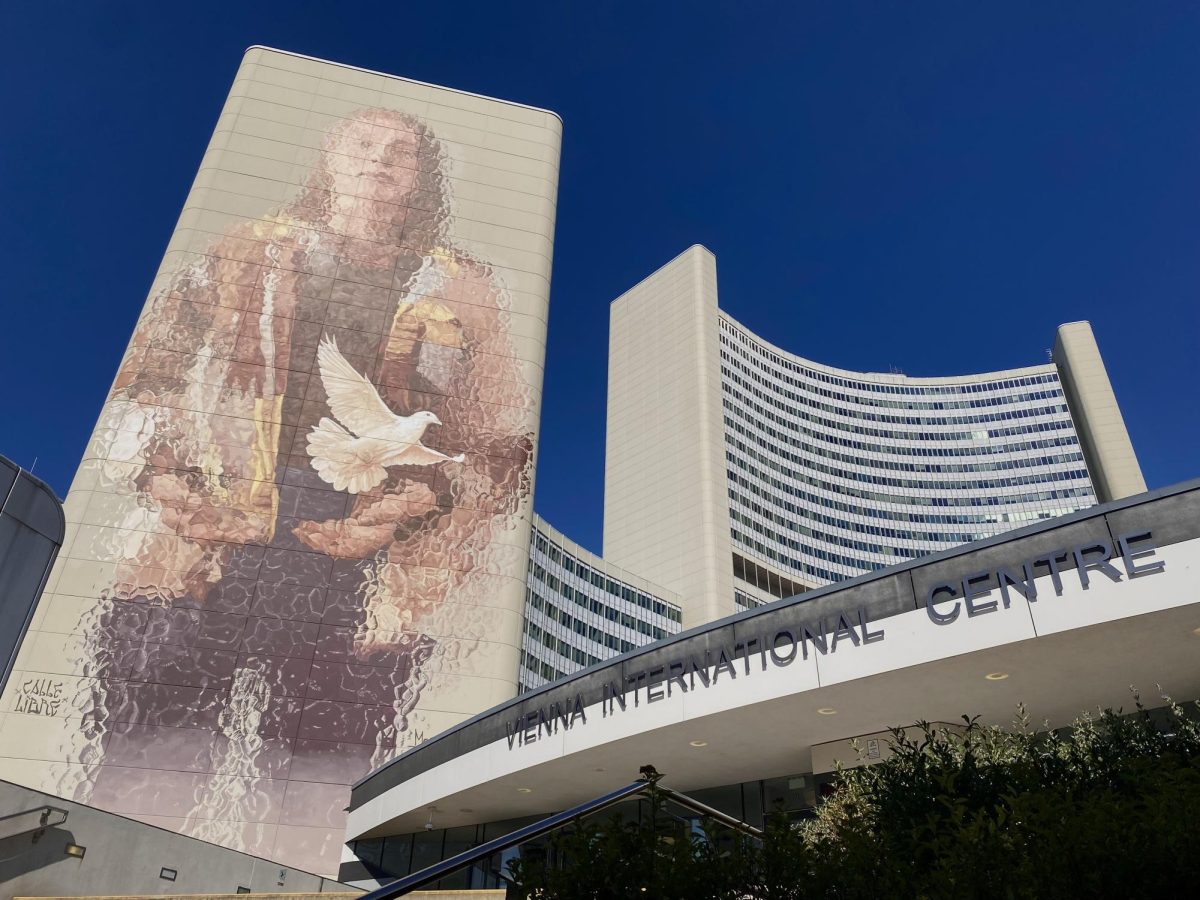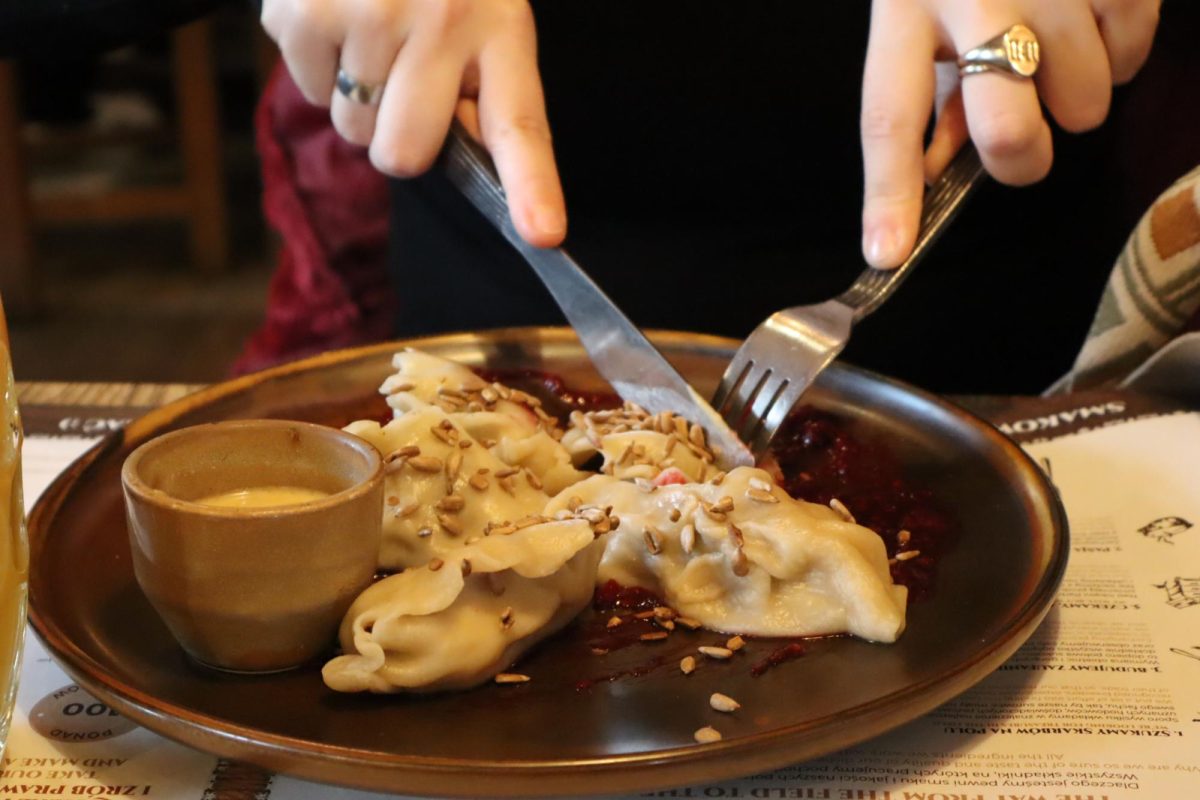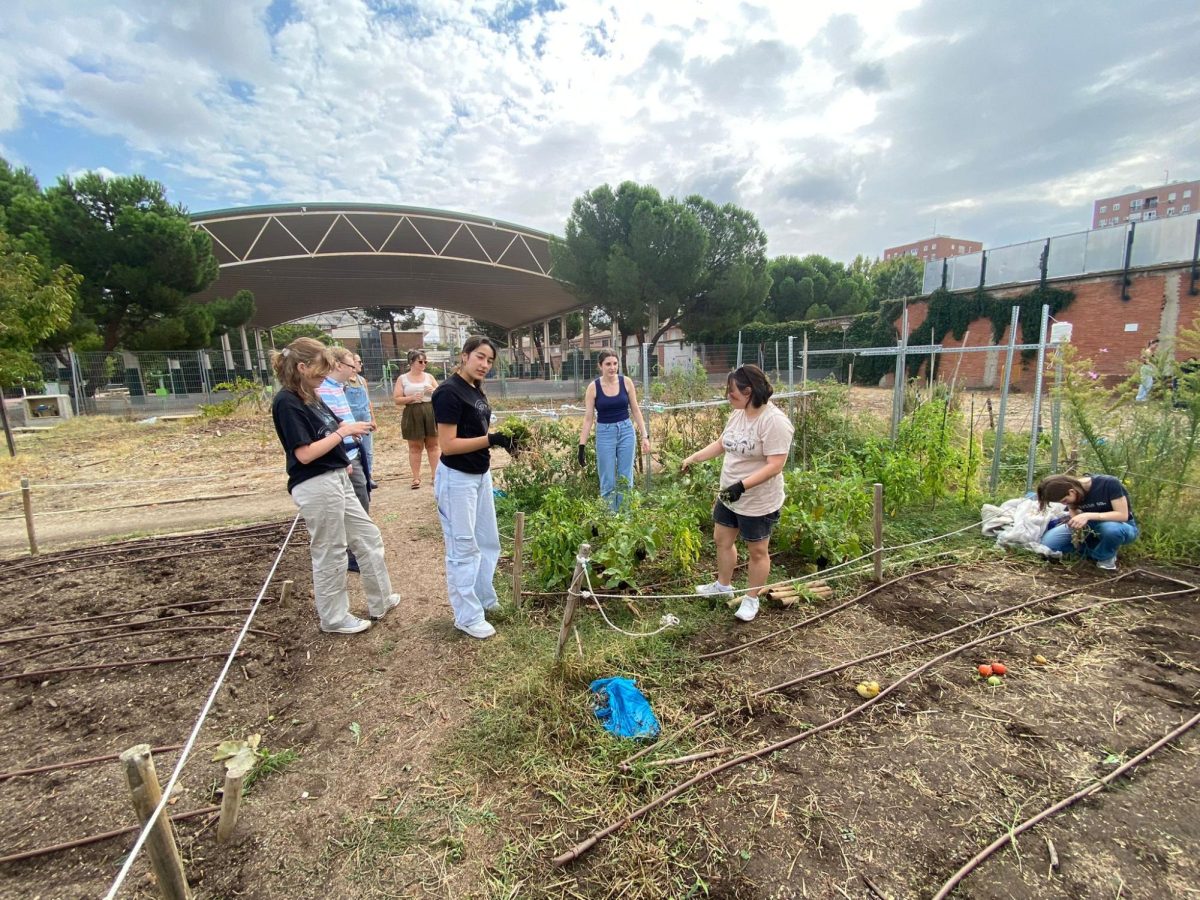Many international students that are accustomed to Batman costumes and trick or treating for snickers find themselves in culture shock while celebrating Halloween in Madrid, Spain.
“The parties are more intense than where I am from, and the costumes are less elaborate here in Spain,” said Clay Carper, a sophomore student from the United States, who dressed up as a “boring bar bouncer” with a black button up, black shirt, and black boots. “They are less specific with their costumes, and not much effort is put into them.”
Halloween is celebrated in Spain in many ways because of its diverse population of foreigners and natives. Halloween is not a cultural event that is traditionally celebrated in Madrid, but over the years it has grown in popularity. This growth has been seen in stores, businesses, and has been taught in elementary schools in their English classes to learn English.
Carper was intrigued by the American impact and commercialization of Halloween in Spain. He saw that Halloween’s existence in a religious society provided a unique depth to the holiday and how it is celebrated.
“I notice that some businesses will decorate, but these are mostly bakeries, smaller food establishments, and nail places,” said Jacqueline Amacker, a senior from the United States.
Spaniards typically have the next day off for their national holiday known as All Saints Day, where Christians honor their church’s Saints. For foreigners, this means time off from school and an opportunity to travel.
Amacker, who dressed up as a ‘50s housewife this year, said her Halloween experience over the past few years was unlike anything that her friends would do back home.
“In my first year, I went to a big house party and then caught a flight to Paris to see a friend and I was at another house party,” Amacker said, “Then I flew to Milan for Halloween another time, and the rest of the years have been smaller ones around Halloween week.”
International students become nostalgic for the Halloweens of their childhood and have noticed children in Spain do not have the same agenda. “The whole event of trick-or-treating and candy was the spectacle. We would dress up and then march around suburbia for a few hours until our pillowcases were full,said Amacker.
Carper also noticed the difference between his suburban neighborhood in the US and Spain. “I see that people my age are outside more, but I saw a few children trick-or-treating,” said Carper. “It is odd because I am used to being outnumbered by children, not people my own age.”
Claudia Gomez, from Madrid, said, “Kids will go trick-or-treating, but it is not much of a big deal. They will do it in their apartment building or go to a few houses if they are around other houses, but other than that, they do not trick-or-treat for long.”
A few students in Spain view Halloween as less important now that they are in Spain.
“Many of the Spaniards I have spoken to say that Halloween is not very celebrated here, that it is not common,” a senior from Micronesia, Antron Gilmar-Reid, who dressed up as a serial killer, said. “Those who do want to celebrate it usually just follow American customs.”
Some students are relieved to spend the holiday in Spain. “I used to always feel like I was missing out on a big event,” Gilmar-Reid said, “but Halloween is an American holiday. The majority of the countries that I have lived in either barely or don’t at all celebrate it.”
However, Halloween’s impact is developing, according to Moroccan student Maesa Waheed, who was a part of a group costume and dressed up as Mr. Krabs, who said that Halloween is not celebrated in Morocco.
“It is interesting that people of all ages get so excited to celebrate Halloween, and on the day of Halloween, almost everyone is dressed up,” said Waheed.





































